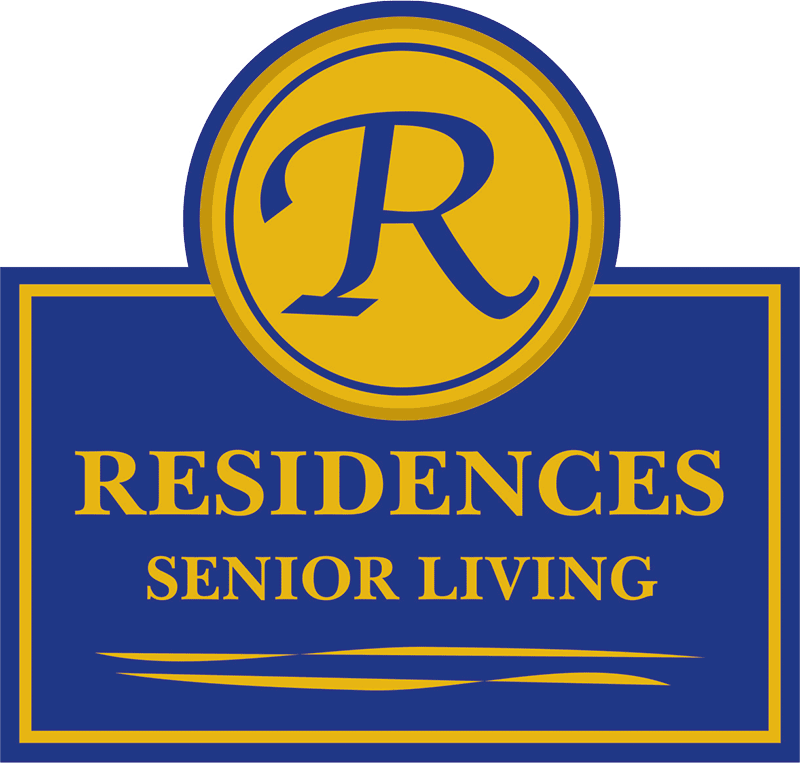Is your senior loved one living at home, but beginning to show signs they might need more help with daily activities? Or are you concerned that they could be healthier physically, emotionally or socially? It might be time to explore care options.
Learn more about how to spot the need for care, and see the differences between at-home care and assisted living in this blog post.
Does My Loved One Need Care?
First, it’s important to understand how to see the need for care. Sometimes it’s obvious, as when a senior suffers from a fall and can no longer take care of herself. But other times, it can be harder to see.
Activities of daily living (ADLs) are standard measures of a person’s ability to live on their own. ADLs are what they sound like – the things we do each day to take care of ourselves. They include:
- Preparing food and eating.
- Bathing or showering and getting dressed.
- Using the toilet.
- Getting into and out of chairs or beds.
If your loved one is struggling with one or more of the ADLs, it’s a sign they could benefit from a helping hand. Not all seniors exhibit the same behaviors, though, so think about your loved one as an individual. The following scenarios help illustrate the situations you might find.
- Beverly is 87 years old and lives alone. Her daughter notices she’s lost weight, doesn’t seem to be taking her medications and is forgetful when she visits.
- Ken is recovering from a broken arm and hasn’t been quite the same since. It takes him a long time to complete normal tasks, and since he doesn’t drive anymore, he needs someone to take him to all his appointments and errands.
- Lou doesn’t cook at all anymore, and orders in for most of his meals. His son has noticed that his house is untidy and he rarely leaves the house to see other people.
All three of these people could be a good fit for more care. Help with cooking, cleaning, running errands and socializing are all types of assistance they could find.
Learn more about assisted living at Residences Senior Living >>
What is Assisted Living? What is At-Home Care?
Now that you’ve noticed your loved one could use more care, you will probably begin to research the best option for them.
Many people say things like, “I don’t want my parent to live in a nursing home.” And because nursing homes – or long-term care communities – are for people who need a 24/7 level of care, your loved one probably doesn’t even need one.
Instead, you will likely focus your research on two options: At-home care, where a nursing aide or other professional comes to your loved one in their home; and assisted living, where residents live with independence but have access to additional care and services.
How Much Do Assisted Living and At-Home Care Cost?
At first glance, you might expect assisted living costs to be higher. But according to Genworth Financial’s Cost of Care Survey 2018, the national median for home health services is $4,000 per month. That doesn’t include help with cooking, cleaning or socializing, though – and homemaker services will run you an additional $4,000 each month.
Compare that to the cost of assisted living, a national median cost of $4,000 per month.
Finally, if you’re thinking of choosing at-home care, don’t forget to factor in other costs. Making improvements or upgrades that make a home more accessible for seniors, arranging for transportation to appointments, and ensuring that there’s not a gap in coverage for your loved one can all add up.
Sometimes insurance and government assistance programs can help pay for different kinds of care, so be sure to ask the specific service provider.
What Services are Included With Each?
Assisted living services and amenities may vary slightly depending on the community, but you can expect to find these things included with the costs:
- Nutritious, tasty meals served throughout the day.
- Assistance with medication and personal hygiene needs.
- Quick access to medical staff.
- A calendar of social, educational and recreational activities.
Home health services also provide help with medication management and personal hygiene. And homemaker services can assist with preparing meals and running errands. However, the services offered vary widely, and you may need to hire several people to cover all the different needs.
Learn more about Residences Senior Living >>
Which Option is Right for My Loved One?
There’s no magic right or wrong answer when it comes to choosing the best care for your loved one. It all depends on things like budget, their health needs, how willing they are to move, your desire to plan for the future and more.
As you compare price tags, don’t forget about the emotional costs. Moving a loved one to assisted living can be a difficult choice, but you can rest assured knowing they’re getting the best care. If you choose a community that offers aging in place, they’ll be able to stay there despite any other health needs that arise.
Letting your loved one remain in their home might seem like the better option. But be sure to consider the best long-term choice – not just the one that makes sense right now.
Learn More About Assisted Living
Discover assisted living that offers independence with dignity, safety and peace of mind. Residences Senior Living’s two Indiana communities provide assisted living with access to therapy and memory care services.
Contact us to learn more about our private, pet-friendly apartments and month-to-month payment model. See if the Residences Senior Living way is right for your loved one.

